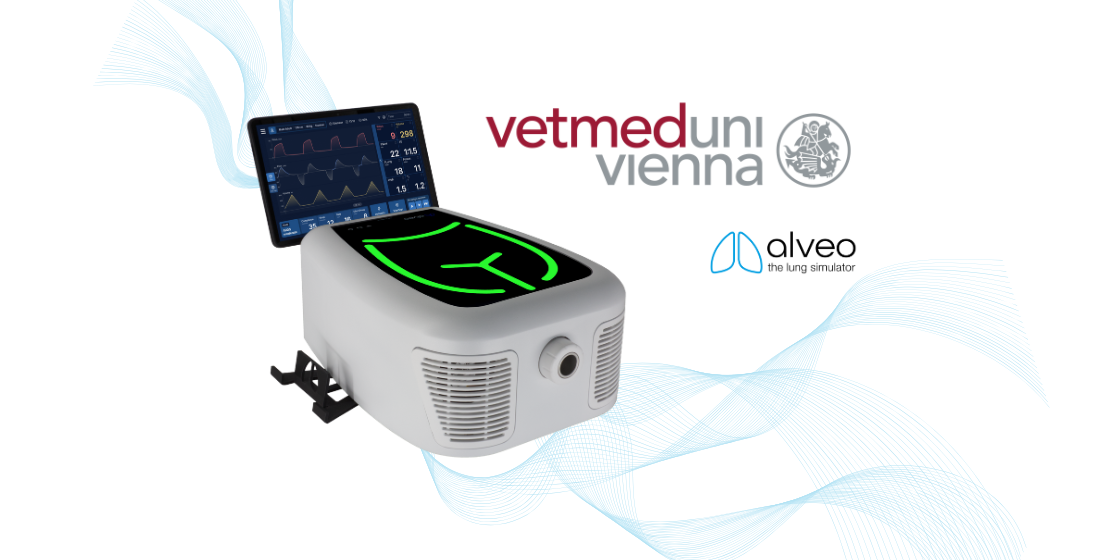Shopping cart
You have no items in your shopping cart.
Alveo blog

We are excited to announce the first study, which is being conducted in collaboration with alveo and Vetmeduni Vienna, one of the largest Veterinary Universities in Europe. A research study led by Julia Huber utilized the alveo lung simulator. This is the first academic application of alveo's innovative physiological feedback engine, marking a potential advancement in veterinary medical education.

The primary objective of this study is to determine whether the integration of advanced simulation technologies, such as alveo, effectively enhances veterinary students' skills in manual and mechanical ventilation techniques. Accurate and adequate ventilation is crucial, especially during surgical procedures and in intensive care scenarios, highlighting the importance of comprehensive training methods. The research hypothesis is that students trained using a lung simulator with physiological feedback will exhibit superior manual and mechanical ventilation skills compared to those who are trained with traditional test lungs.

Veterinary students traditionally practice ventilation using basic test lungs, which provide limited realism and feedback. In contrast, alveo offers detailed, physiologically accurate feedback through a software-generated vital signs screen. This enables students to enhance their ventilation skills with realistic, real-time responses that closely simulate clinical scenarios. The study focuses explicitly on ventilation strategies relevant to dogs and cats, aligning with typical clinical scenarios in veterinary practice.
Approximately 55 fifth-year veterinary students specializing in small animal medicine at the Vetmeduni Vienna will participate in the study during the summer term of 2025. The students will be divided into two training groups: one group will use the traditional test lung, while the other will train with the alveo simulator. The research employs a comprehensive mixed-methods approach, utilizing Direct Observation of Procedural Skills (DOPS) assessments, online Likert-scale surveys, and focus group interviews to thoroughly evaluate educational outcomes.

Expected outcomes include improved clinical competency, increased confidence among students trained with the advanced simulation, and valuable qualitative feedback regarding the training experience. This study represents a significant step forward in veterinary education practices, with the potential to influence future curricula and enhance patient safety.
Further updates and findings from this important educational research initiative will be shared as they become available.